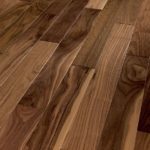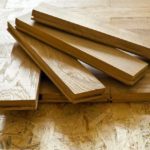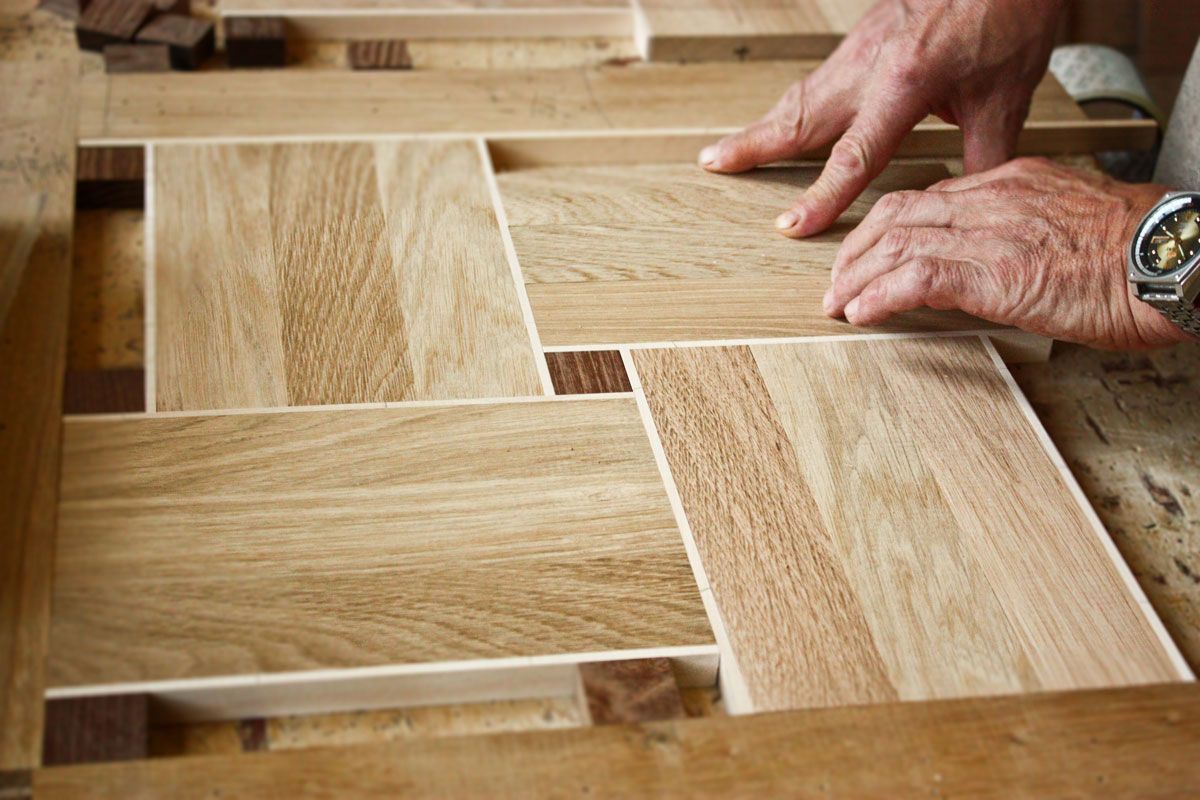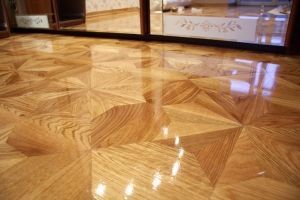Parquet thickness
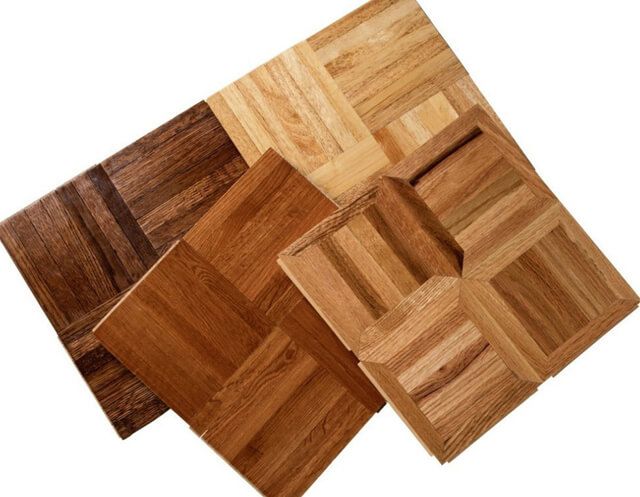 Parquet board is a covering made from wood. The structure of the parquet is multi-layered. The layers are glued together, and the boards are coated with oil or varnish on top to protect them from moisture (wooden material often deteriorates when exposed to water).
Parquet board is a covering made from wood. The structure of the parquet is multi-layered. The layers are glued together, and the boards are coated with oil or varnish on top to protect them from moisture (wooden material often deteriorates when exposed to water).
The content of the article
What is the thickness of parquet
Parquet is a floor covering made of wooden material. Most often it consists of several layers. Thickness affects the amount of sanding that can be done on the boards (sanding means repair work). The average thickness of the outer layer of parquet is from 0.3 to 0.6 cm. The thickness of the core is always greater (average - 1 cm), and is made from small coniferous lamellas or fibreboards. The bottom layer is always the thinnest (about 0.2 cm). It is made from spruce plywood. The thickness of this layer affects the stability and rigidity of the coating.
Attention! On the modern market you can find parquet with a thickness of 0.5 to 3 cm. You can make thinner or thicker structures to order.
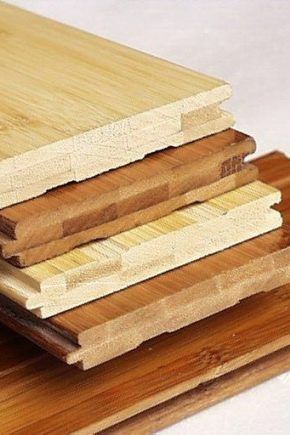
Parquet layers
The boards are made of three layers:
- Lower. Made from pine, fir or birch trees. This layer performs the following functions: protection from moisture, balance and stability of the coating.
- Average. Made from coniferous wood. Also responsible for balance and stability. But the main function is the expansion of parquet at high temperatures. Small gaps are left in this layer.
- Outer layer. Made from the most valuable types of wood.Functions: wear protection, practical appearance and the number of sandings that can be carried out.
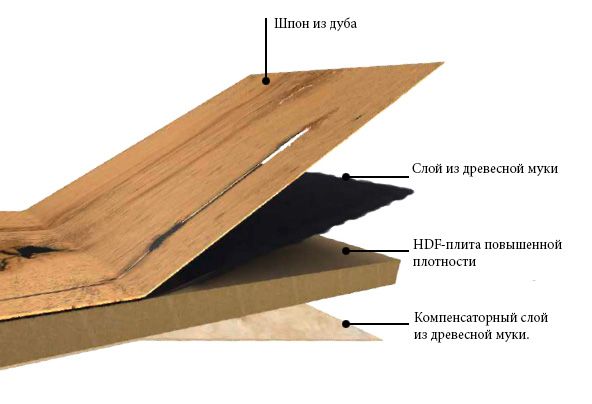
Parquet thickness for different rooms
Depending on this indicator, parquet boards can be used for the following premises:
- Public places or old houses. Here you need parquet with a thickness of more than 2 cm. The thickness of the outer layer is from 4 to 6 mm. Such parquet boards are rarely used and are suitable for country houses and cottages. Also, the material will be an excellent choice if the house is old and the load on the floor is very large. Not considered affordable as it is not easy to find in the market.
- For the kitchen, corridor, living room, office and places with a heavy load on the floor, a parquet board with a thickness of 1.8 to 2 cm is suitable. The thickness of the outer layer is less than 0.6 cm. The material can withstand several sandings. Therefore, it is considered durable, and its service life is longer than the next two. Easy to find in the market, but the price is quite high.
- For ordinary residential premises (bedrooms, rooms, bathrooms and other places where the load on the floor is small), 1.2 - 1.7 cm in thickness is more suitable. This material is considered the most popular on the market, since it has an ideal quality-to-price ratio. The outer layer is 0.4 cm. It can withstand no more than three sandings.
- Another option is suitable for rooms where it is not recommended to make the floor high for some reason. Here we focus on the thinnest version of parquet - from 0.6 to 1.1 cm. The front layer is no more than 0.3 cm. This type of coating is also suitable if temporary material is needed (a complete replacement is planned in the future). Unable to withstand sanding. It is not in great demand, so it is more difficult to find the two previous options on the market. But the cheapest.
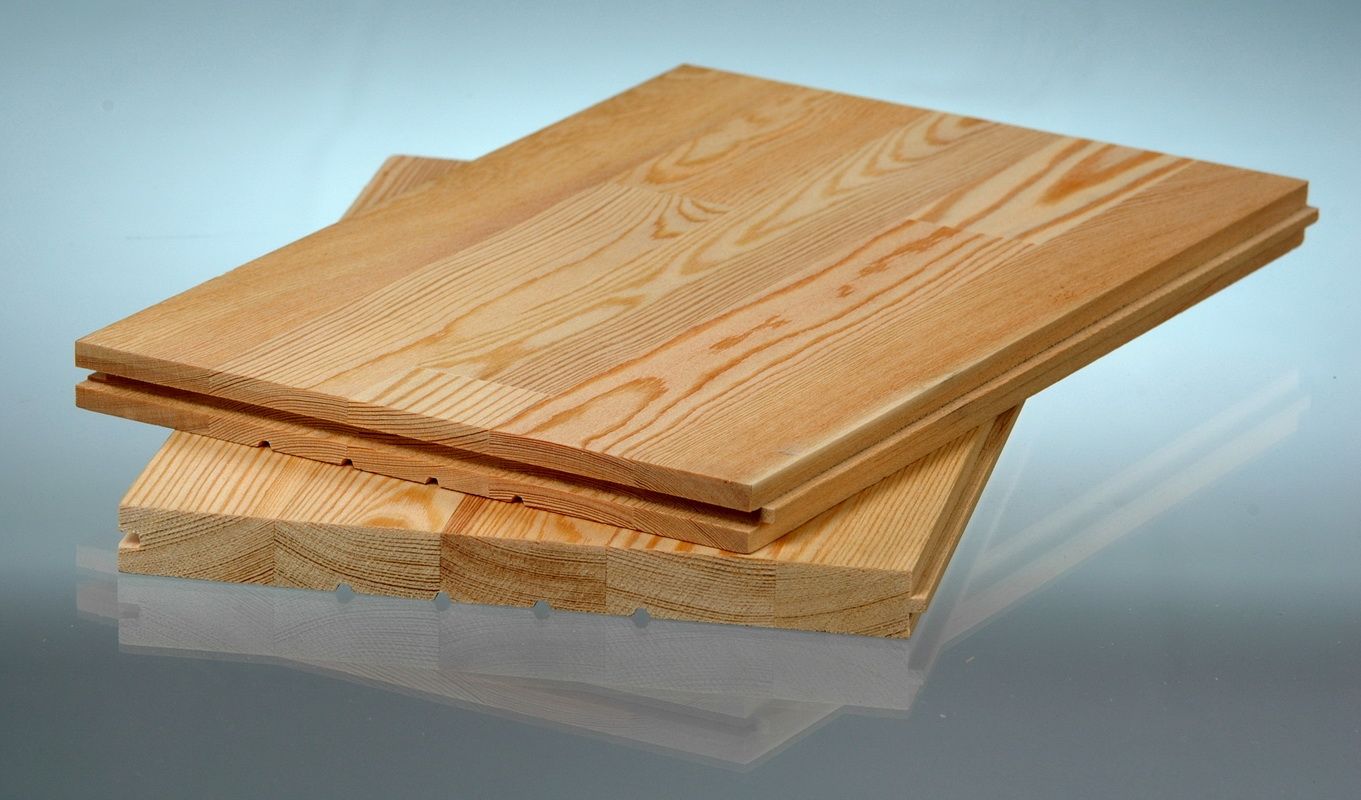
How does parquet thickness affect quality?
Thickness is a very important parameter on which the choice of product depends. Thick material has advantages compared to thin material:
- The thicker and harder the coating, the longer the service life.
- Thin material often squeaks or makes an unpleasant sound when a person moves.
- Thin structures cannot be repaired. Thick ones can be repaired.
Reference! The only drawback is the price. Such parquet requires more material and more time to create. Therefore it costs more.

But there are times when you should stick to the subtle look. It is chosen if:
- The room has a curved shape.
- The height from floor to ceiling is not very high, and thick parquet may cause inconvenience.
- Temporary floor covering is required. There are plans to renovate or move in the future.
- The elasticity of the boards is important (thin ones are more elastic than thick ones).
- The flooring was made poorly.
- Limited budget. Thin parquet is much cheaper than thick parquet.
The length and width of the boards will depend on the characteristics of the room and the requirements of the person. Large boards are more suitable for large rooms that are used frequently. Thin ones are for small and rarely used ones. The best option is a board with a thickness of 1.4 to 1.7 centimeters.


